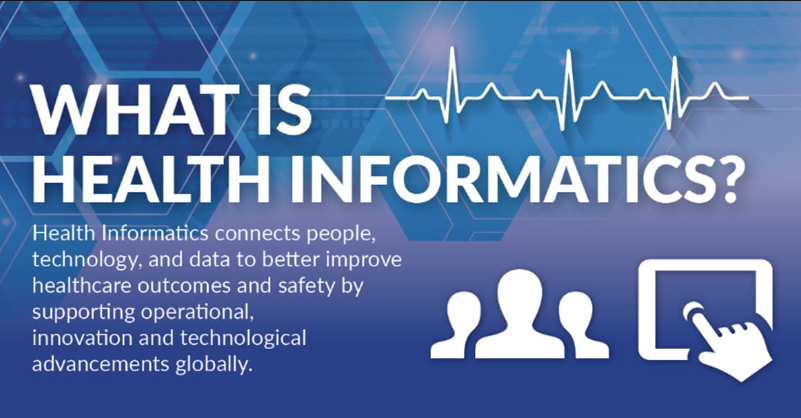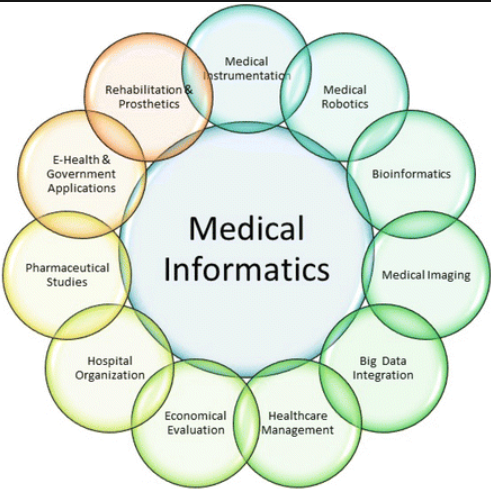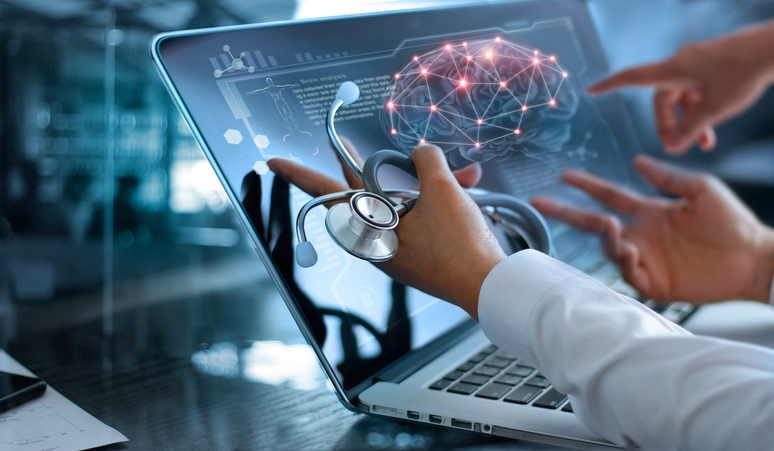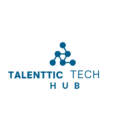
In the fast-paced realm of modern healthcare, the integration of technology has revolutionized the way we approach patient care, research, and administrative tasks. Health informatics, a field at the intersection of healthcare and information technology, plays a pivotal role in this transformation. From electronic health records (EHRs) to telemedicine and predictive analytics, health informatics encompasses a wide range of tools and methodologies aimed at improving the efficiency, accuracy, and accessibility of healthcare services.
The Evolution of Health Informatics:
The concept of health informatics traces its roots back to the 1950s when early attempts were made to automate medical records. Since then, advancements in computing power, data storage, and connectivity have fueled the growth of this field. Today, health informatics encompasses not only the management of patient data but also the analysis of large datasets to extract valuable insights, the development of decision support systems for clinicians, and the implementation of telehealth solutions to reach patients in remote areas.
Key Components of Health Informatics:

- Electronic Health Records (EHRs): EHRs have replaced traditional paper-based records in many healthcare settings, providing a centralized digital repository for patient information. This allows for easy access to patient data by authorized healthcare providers, leading to improved coordination of care and reduced medical errors.
- Telemedicine: Telemedicine leverages technology to facilitate remote consultations between patients and healthcare professionals. Through video conferencing, secure messaging, and remote monitoring devices, telemedicine enables patients to receive timely care without the need for in-person visits, thereby increasing access to healthcare services, particularly in underserved areas.
- Health Information Exchange (HIE): HIE allows for the seamless exchange of patient information between different healthcare providers and systems. By promoting interoperability, HIE enhances care coordination, facilitates continuity of care, and reduces duplicate tests and procedures, ultimately improving patient outcomes.
- Clinical Decision Support Systems (CDSS): CDSS leverage data analytics and artificial intelligence to assist clinicians in making evidence-based decisions at the point of care. By providing real-time guidance on diagnosis, treatment options, and medication management, CDSS can improve clinical outcomes, enhance patient safety, and optimize healthcare resources.
- Health Analytics and Predictive Modeling: Health informatics utilizes advanced analytics and predictive modeling techniques to analyze large datasets and identify patterns, trends, and risk factors related to various health conditions. By predicting disease outbreaks, identifying high-risk populations, and optimizing resource allocation, health analytics empower healthcare organizations to proactively address public health challenges and improve population health management.
some specific aspects of health informatics:
Interoperability and Data Standardization:
One of the key challenges in health informatics is achieving interoperability, which refers to the ability of different healthcare systems and applications to exchange and use data seamlessly. Interoperability is crucial for ensuring that patient information can be accessed and shared across various healthcare settings, such as hospitals, clinics, pharmacies, and laboratories. To address this challenge, efforts are underway to establish data standards and protocols, such as HL7 (Health Level Seven International) and FHIR (Fast Healthcare Interoperability Resources), which facilitate the exchange of structured clinical data.
Population Health Management:
Population health management is a key focus area within health informatics that involves analyzing and managing the health outcomes of specific groups or populations. By leveraging data analytics, predictive modeling, and risk stratification techniques, healthcare organizations can identify high-risk populations, implement targeted interventions, and monitor health trends over time. Population health management aims to improve health outcomes, reduce healthcare costs, and address health disparities within communities.
Precision Medicine:
Precision medicine, also known as personalized medicine, is an emerging approach to healthcare that takes into account individual variability in genes, environment, and lifestyle when designing treatment plans. Health informatics plays a crucial role in precision medicine by enabling the analysis of genomic data, clinical data, and other relevant information to tailor medical interventions to the specific needs of each patient. Through precision medicine, healthcare providers can deliver more effective and targeted therapies, improve patient outcomes, and minimize adverse effects.
Health Informatics in Public Health:
Health informatics has significant applications in public health, particularly in disease surveillance, outbreak detection, and epidemiological research. By analyzing large datasets from sources such as electronic health records, syndromic surveillance systems, and social media platforms, public health professionals can identify disease trends, monitor the spread of infectious diseases, and inform timely public health interventions. Health informatics also supports the development of public health policies and strategies by providing evidence-based insights into population health needs and priorities.
Ethical Considerations and Data Privacy:
As healthcare organizations increasingly rely on technology and data-driven approaches, ethical considerations and data privacy concerns become paramount. Health informatics professionals must adhere to ethical principles and guidelines, such as those outlined by organizations like the American Medical Informatics Association (AMIA) and the International Medical Informatics Association (IMIA). Moreover, stringent measures must be implemented to safeguard patient privacy and ensure the secure handling of sensitive health information in compliance with regulations such as the Health Insurance Portability and Accountability Act (HIPAA) in the United States and the General Data Protection Regulation (GDPR) in the European Union.
Health informatics encompasses a broad range of applications and disciplines that are transforming the landscape of healthcare delivery, research, and public health. By leveraging technology, data analytics, and evidence-based practices, health informatics holds the promise of improving patient outcomes, enhancing population health, and advancing medical research in the years to come.
Challenges and Opportunities:
While health informatics holds immense promise for transforming healthcare delivery, it also presents challenges related to data privacy and security, interoperability, and the ethical use of technology. Moreover, the rapid pace of technological advancement requires healthcare professionals to continually update their skills and adapt to new tools and workflows.
Despite these challenges, the potential benefits of health informatics are vast. By harnessing the power of data and technology, we can enhance patient outcomes, improve the efficiency of healthcare delivery, and advance medical research. Moreover, health informatics has the potential to promote health equity by increasing access to care and addressing disparities in underserved communities.
The Future of Health Informatics:

Looking ahead, the future of health informatics is filled with exciting possibilities. Advancements in artificial intelligence, machine learning, and genomics are poised to further revolutionize healthcare by enabling personalized medicine, predicting disease onset with greater accuracy, and facilitating early intervention.
Furthermore, the integration of wearable devices, Internet of Things (IoT) technologies, and remote patient monitoring systems will enable continuous health monitoring and proactive intervention, shifting the focus from reactive to preventive care.
In conclusion, health informatics represents a cornerstone of modern healthcare, driving innovation, improving patient outcomes, and enhancing the efficiency of healthcare delivery. As we continue to embrace technology and data-driven approaches, the future of healthcare holds immense promise for better health and well-being for all.
References:
- HIMSS (Healthcare Information and Management Systems Society)
- AMIA (American Medical Informatics Association)
- WHO (World Health Organization)
- CDC (Centers for Disease Control and Prevention)
